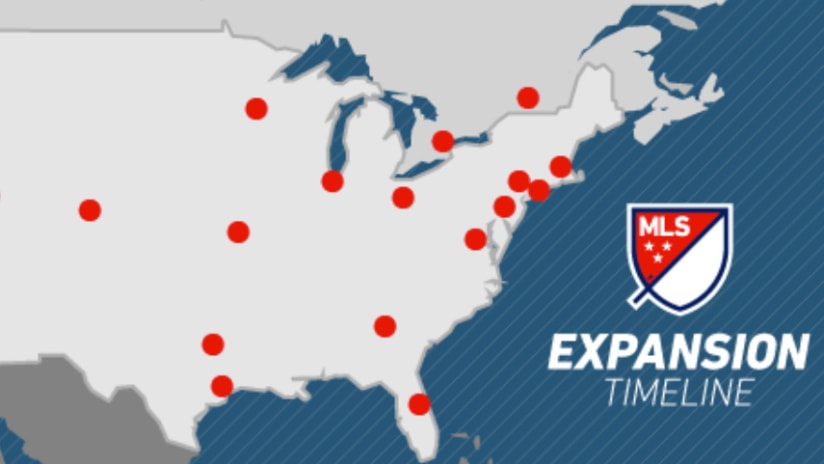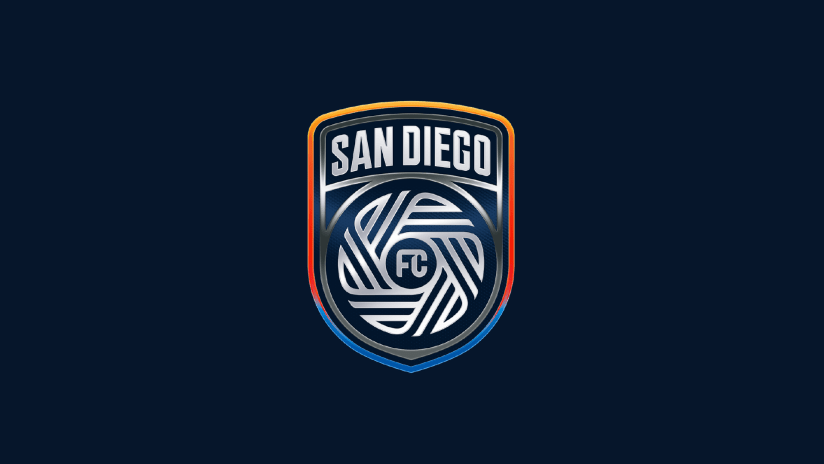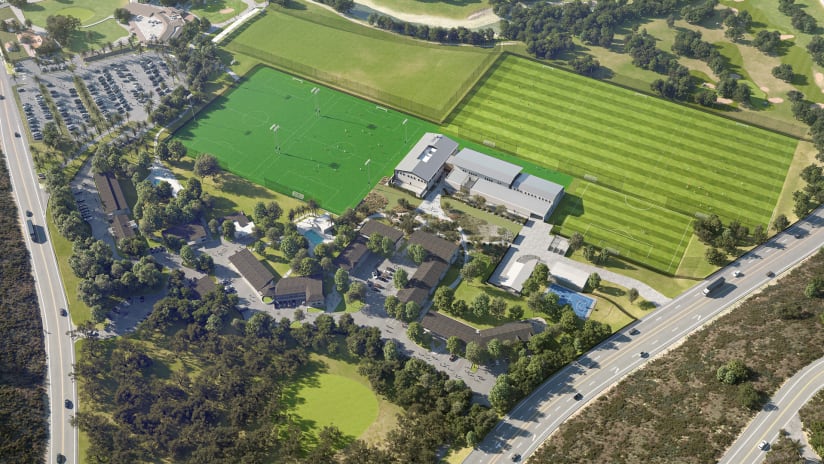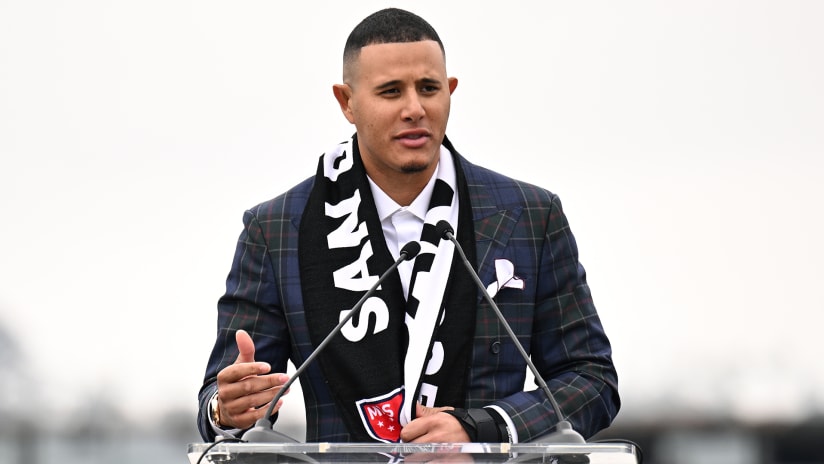Over the last decade, MLS has grown at an average pace of just about a team a year: exactly 11 MLS expansion teams sprouting in just 10 years (2007-2017).
And the expansion party is only just starting to heat up.
LAFC come on board in 2018, there's David Beckham's push for an expansion side in Miami and then four more teams coming after that, taking the league to 28 teams in the near future. Those last four spots? There are 12 cities competing for them.
It's easy to forget in these heady times that almost 20 years ago MLS was a fledgling 10-team league. Here's what unfolded over the last two decades:
1998 – Chicago Fire and Miami Fusion (12 teams)
Two years after the league was launched (1996), MLS added a pair of teams with the Chicago Fire and Miami Fusion joining the 10 original clubs to expand the league to 12 teams.
Chicago had immediate success, winning an MLS Cup and US Open Cup double in their first season under head coach Bob Bradley. Miami fared well on the field, winning the 2001 Supporters’ Shield, but struggled off it, ceasing operations along with the Tampa Bay Mutiny in January 2002.
2005 – Real Salt Lake and Chivas USA (12 teams)
After three seasons at 10 teams, MLS reached the dozen mark in 2005, when Real Salt Lake and Chivas USA (based in Los Angeles) joined the league. After a few lean years, RSL moved into the league’s elite in 2009, when they made a remarkable run to the MLS Cup title. Chivas performed well for several seasons early in their history, but faded badly later on, struggling on and off the field before folding following the 2014 season.
2007 – Toronto FC (13 teams)
Following the 2006 relocation of the original San Jose Earthquakes to Houston, MLS expanded again in 2007, venturing into Canada for the first time with Toronto FC. Despite receiving solid support from the jump, TFC struggled for years on the field, not making the playoffs for the first time until 2015, Sebastian Giovinco’s first year in MLS.
2008 – San Jose Earthquakes (14 teams)
San Jose was re-established as an MLS market in 2008. Unfortunately for Bay Area fans, they missed out on the Dynamo’s MLS Cup triumphs in 2006 and 2007 and have seen the new Quakes only qualify for the postseason twice since their re-birth, although they did win the 2012 Supporters' Shield.
2009 – Seattle Sounders (15 teams)
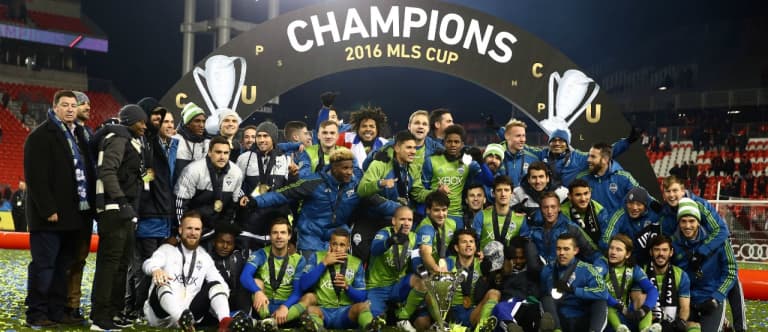
The addition of Seattle did more to usher MLS into its modern era than perhaps any other round of expansion. The Sounders have been packing CenturyLink Field since they joined the league in 2009, leading MLS in attendance every year of their existence. The club has matched the city’s rabid support with plenty of ambition, making the playoffs every year and finally winning their first MLS Cup title in 2016.
2010 – Philadelphia Union (16 teams)
MLS expanded into the largest metro area in the US that didn’t have a club when it moved into Philadelphia in 2010. The Union’s arrival in the league was in no small part thanks to the Sons of Ben supporters’ group, who led a strong campaign to bring a team to the city. The Union have had mixed performances on the field, but they qualified for the MLS Cup Playoffs for the second time in their history in 2016 and, with Alejandro Bedoya and several solid young pieces on board, look poised for more success in 2017.
2011 – Portland Timbers and Vancouver Whitecaps (18 teams)
The Sounders’ two longtime Cascadia rivals moved up to MLS together in 2011, when the Portland Timbers and Vancouver Whitecaps joined the league after decades in North America’s lower tiers. The three clubs have combined to form perhaps the fiercest triumvirate of rivalries in MLS with plenty of silverware to show for it. The Timbers and Sounders won MLS Cup in back-to-back years, while the Whitecaps hoisted the Amway Canadian Championship in 2015.
2012 – Montreal Impact (19 teams)
The Montreal Impact became the third Canadian team to join MLS in 2012 after many years as a lower division club participating in various leagues since the club's inception in 1992. The Impact have had a relatively successful, if moderately turbulent, first five seasons in MLS, making the playoffs in three of their five years and nearly qualifying for MLS Cup in 2016.
2015 – New York City FC and Orlando City SC (20 teams)
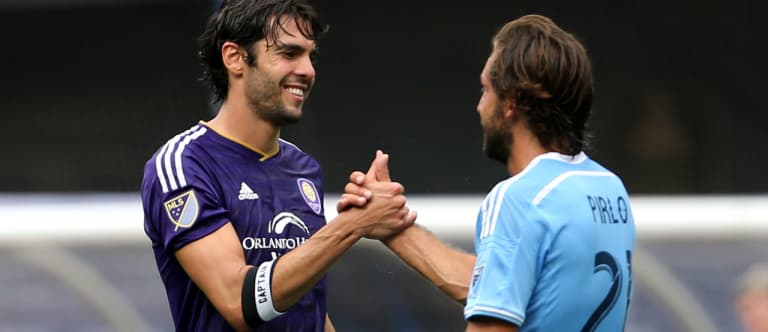
Orlando City and New York City FC joined the league to great fanfare in 2015, taking MLS to 20 teams after Chivas USA folded following the 2014 season. Both clubs have drawn plenty of eyeballs since arriving in MLS, with big crowds, deep pockets and huge stars attracting a good deal of attention. NYCFC bounced back from a tough first season by making the playoffs with a strong 2016 campaign, while Orlando made their first coaching replacement during a disappointing sophomore season as they look ahead to christening their new stadium on March 5, 2017.
2017 – Atlanta United FC and Minnesota United FC (22 teams)
Atlanta and Minnesota are set to become the 21st and 22nd teams in MLS when they play their first matches in the league in March. Atlanta, who will play at state-of-the-art Mercedes-Benz Stadium when it opens in the summer of 2017, have made the bigger splashes thus far this offseason, spending serious cash on several signings ahead of their MLS debut.
Minnesota United, who will play at the University of Minnesota’s TCF Bank Stadium while their own soccer-specific facility is constructed, will embark on their MLS maiden voyage with the No. 1 overall SuperDraft pick (Abu Danladi), two club idols and USMNT hopefuls (Christian Ramirez and Miguel Ibarra), a selection of northern European imports and a handful of experienced MLSers.
2018 – LAFC (23 teams)
The league will once again have two teams in LA starting in 2018, with LAFC set to join the Galaxy as MLS’s Southern California cornerstones. Owned by a large group that includes several high-profile celebrities, LAFC have already begun construction on a soccer-specific stadium in downtown LA.
The future…. (28 teams)
In 2017 the league is planning to announce the cities that will be awarded the 25th and 26th teams, with two more winning bids revealed thereafter.
The 12 cities in contention for the next four teams are: Charlotte, Cincinnati, Detroit, Indianapolis, Nashville, Phoenix, Raleigh-Durham, Sacramento, San Antonio, San Diego, St. Louis and Tampa/St. Petersburg.

